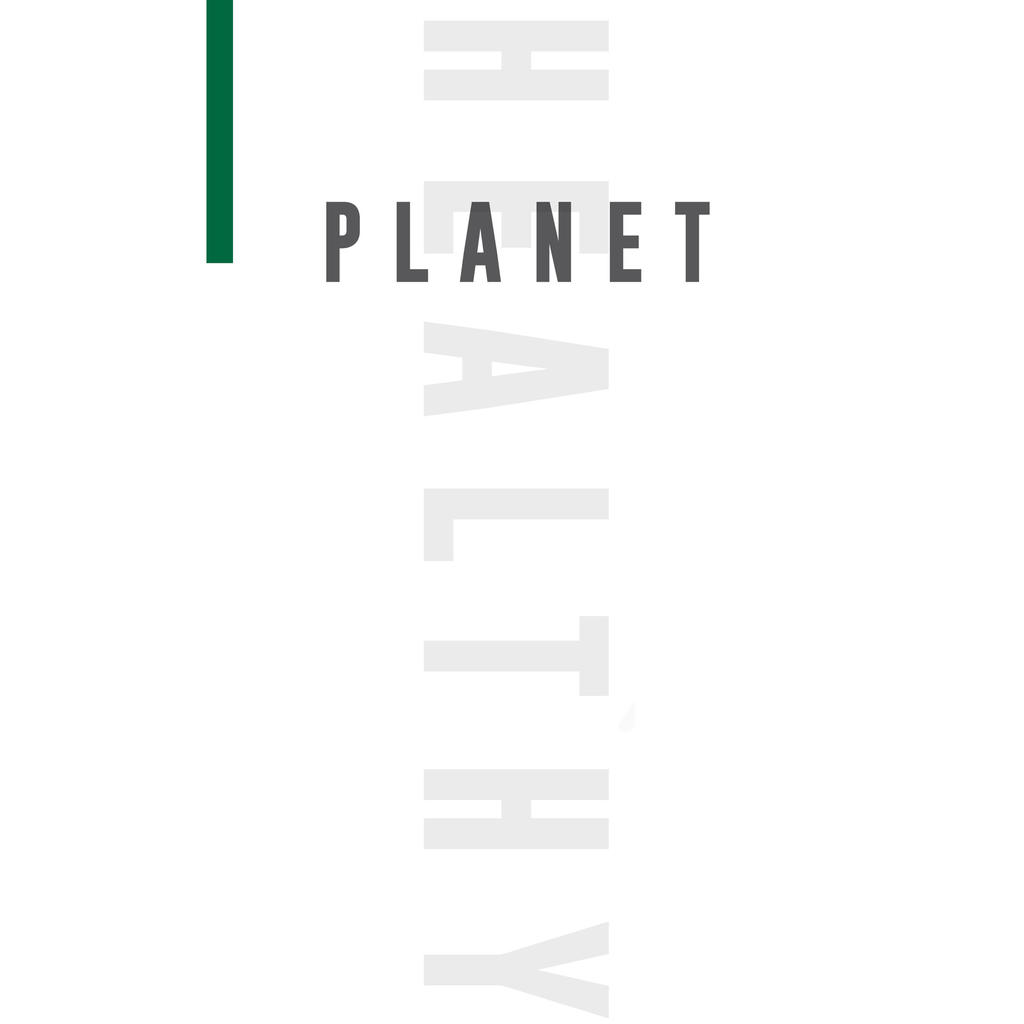
—
When it comes to protecting the planet, Mason isn’t slowing down. From research being conducted around the globe to campus-based initiatives and our unique relationship with the Smithsonian Institution, we are committed to combating the threats to our environment. In an effort to be carbon neutral by 2040, Mason is working on a new climate action plan. Also new in 2021, the Mason Sustainability Council aims to integrate Mason’s research and academic strengths in sustainability with campus operations to mitigate our impact on the environment and transform our campuses into learning laboratories.
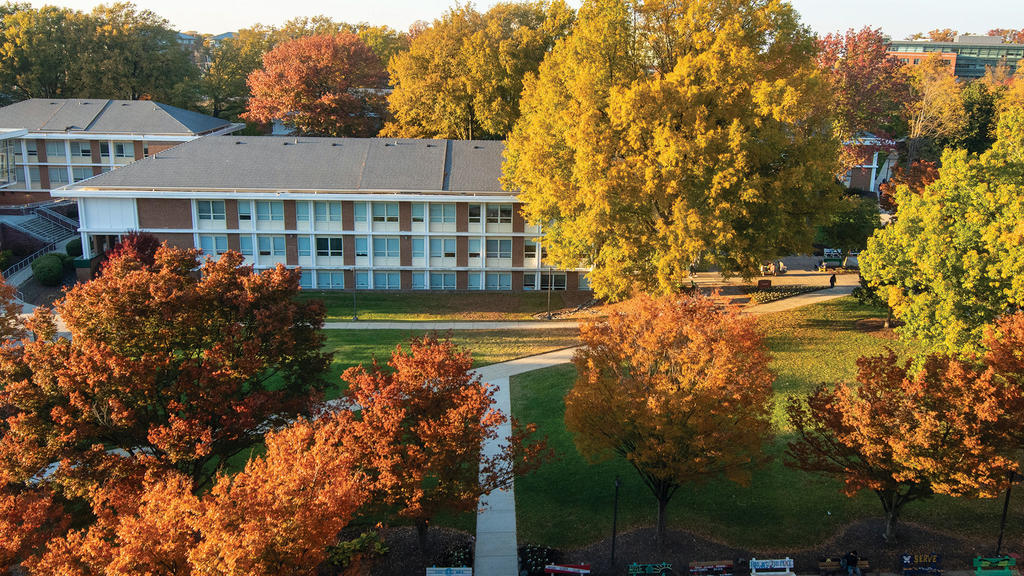

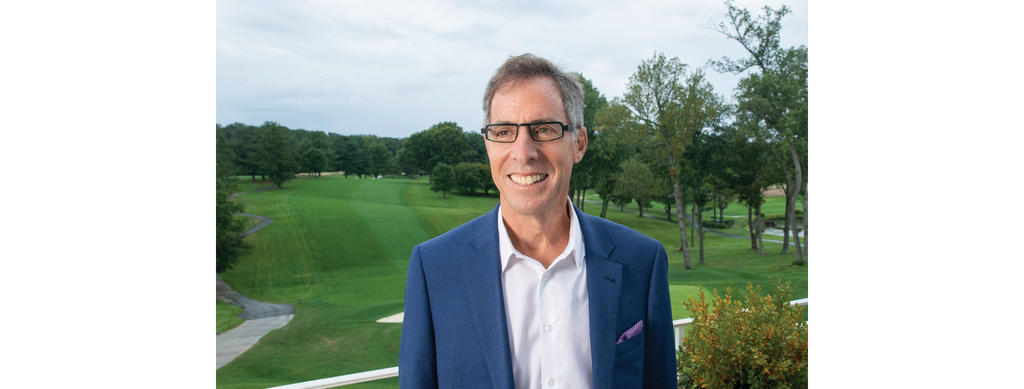
MAKING THE CLIMATE SCIENCE ‘HOT LIST’
Mason’s Ed Maibach is the most influential scientist working on climate change among America’s public universities, according to a Reuters ranking of the researchers. Maibach, a University Professor in the Department of Communication and the director of the Center for Climate Change Communication, ranked 7th overall in the Reuters Hot List identifying and ranking the world’s top 1,000 climate scientists, third among Americans.
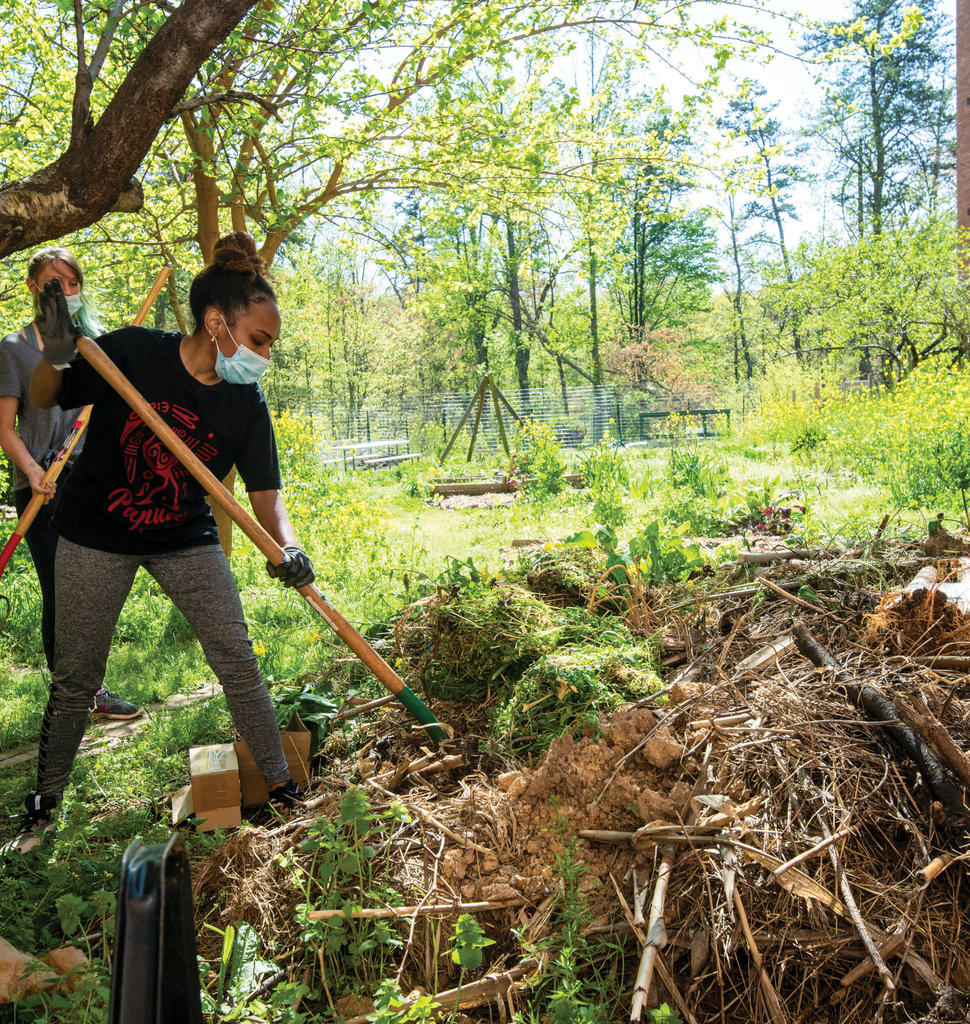
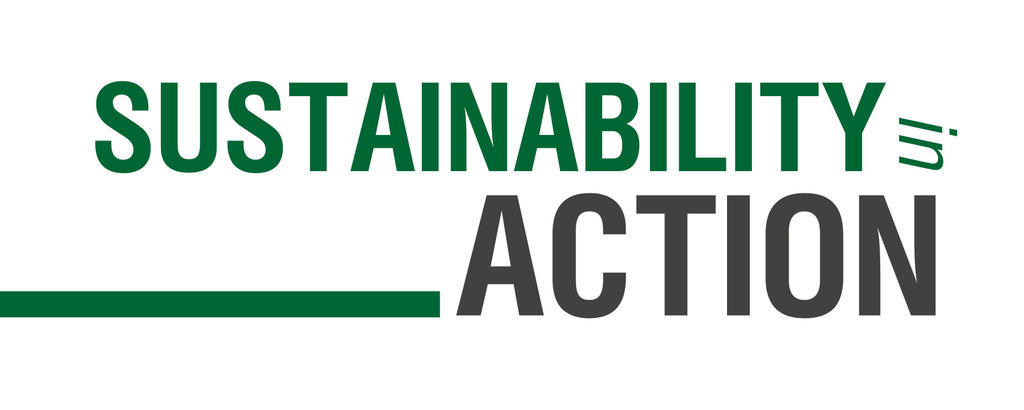
Despite the pandemic, students in the environmental science and public policy course Sustainability in Action had ample opportunities to literally get their hands dirty last spring with socially distanced community-based service projects. During Earth Month, April 2021, they weeded garlic rows and planted potatoes on an organic farm in Alexandria, protected a mountain path from runoff at Sky Meadows State Park, collected a full pickup truck’s worth of trash at Occoquan Regional Park by kayak and on foot, planted and mulched Virginia native saplings as part of the ongoing campus Rappahannock Parking Deck Reforestation Project, and improved on-campus composting spots. The spring 2021 cohort logged more than 1,670 volunteer hours in one semester on sustainability projects around the region.
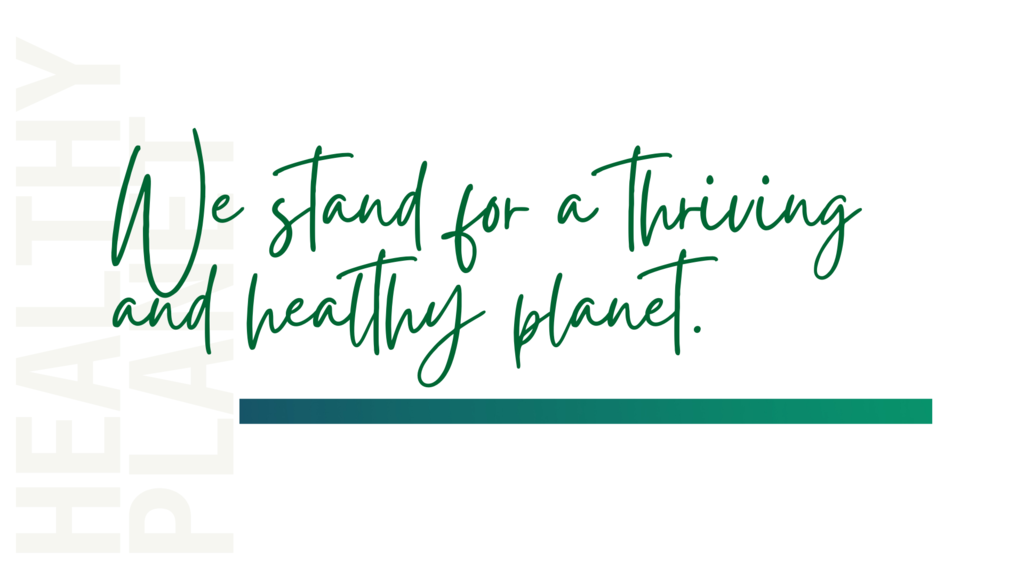
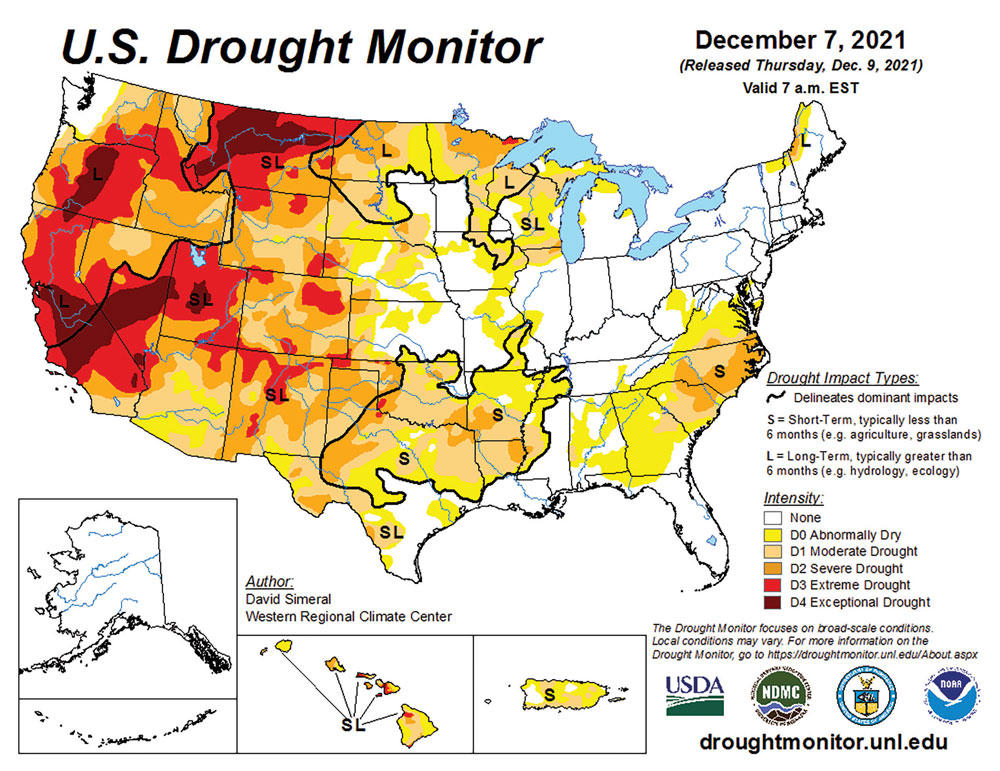
UPDATING DROUGHT PREDICTION MODELS
The National Oceanic and Atmospheric Administration (NOAA) is working with Paul Dirmeyer and a team of Mason scientists to update its drought forecasting system. The researchers leading this effort are all from Mason’s Center for Ocean-Land-Atmosphere Studies (COLA), which is known for its decades of experience running these types of models. The team, supported with funding from the NOAA Climate Program Office’s Modeling, Analysis, Prediction, and Projection Program, is working to understand the ways ocean and land interact with the atmosphere and the role each contributes to predicting droughts in the United States.
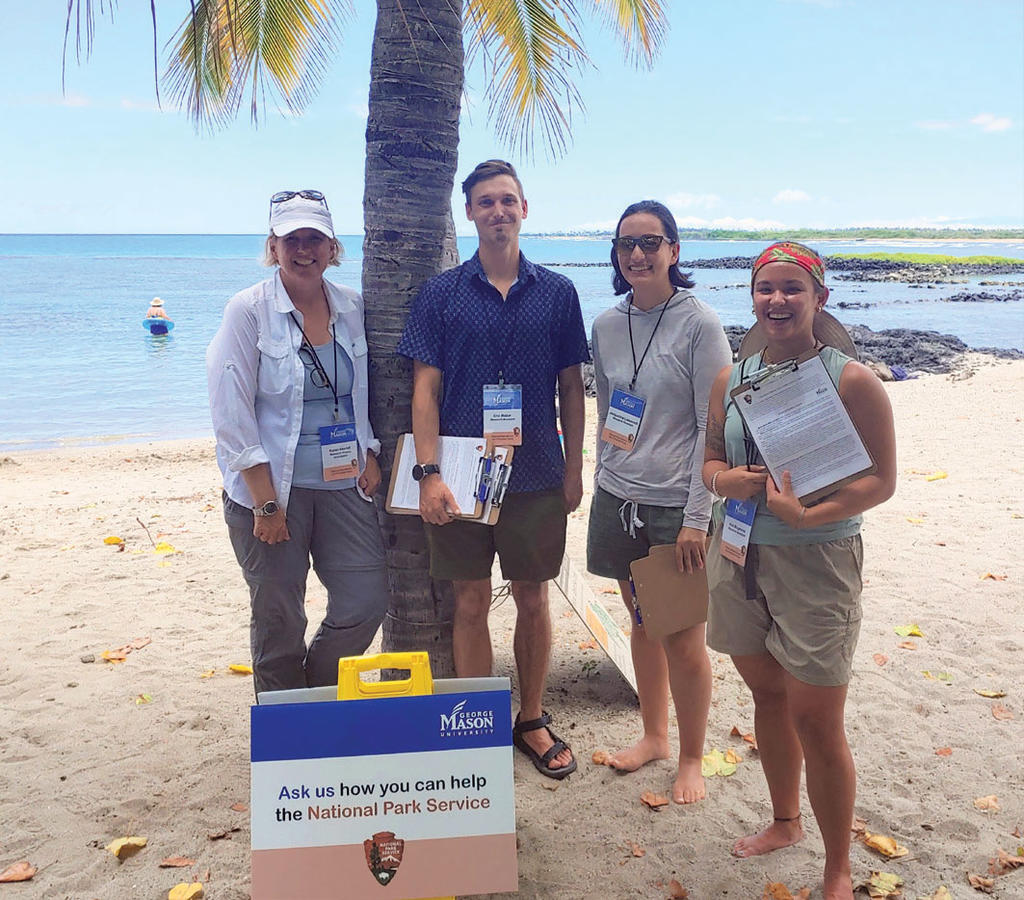
ENVIRONMENTAL IMPACTS OF SUNSCREEN
In summer 2021, Mason environmental science and policy professor Karen Akerlof and a team of student researchers traveled to Cape Lookout National Seashore in North Carolina and the ‘Ai’opio Fishtrap in Kaloko-Honokōhau National Historical Park in Hawai’i to survey visitors about their sun protection behaviors, awareness of environmental impacts from sunscreen, and exposure to National Park Service outreach and education programs. In partnership with Haereticus Environmental Laboratory, graduate students also conducted water and sand sampling to assess the parks’ sunscreen chemical contamination.
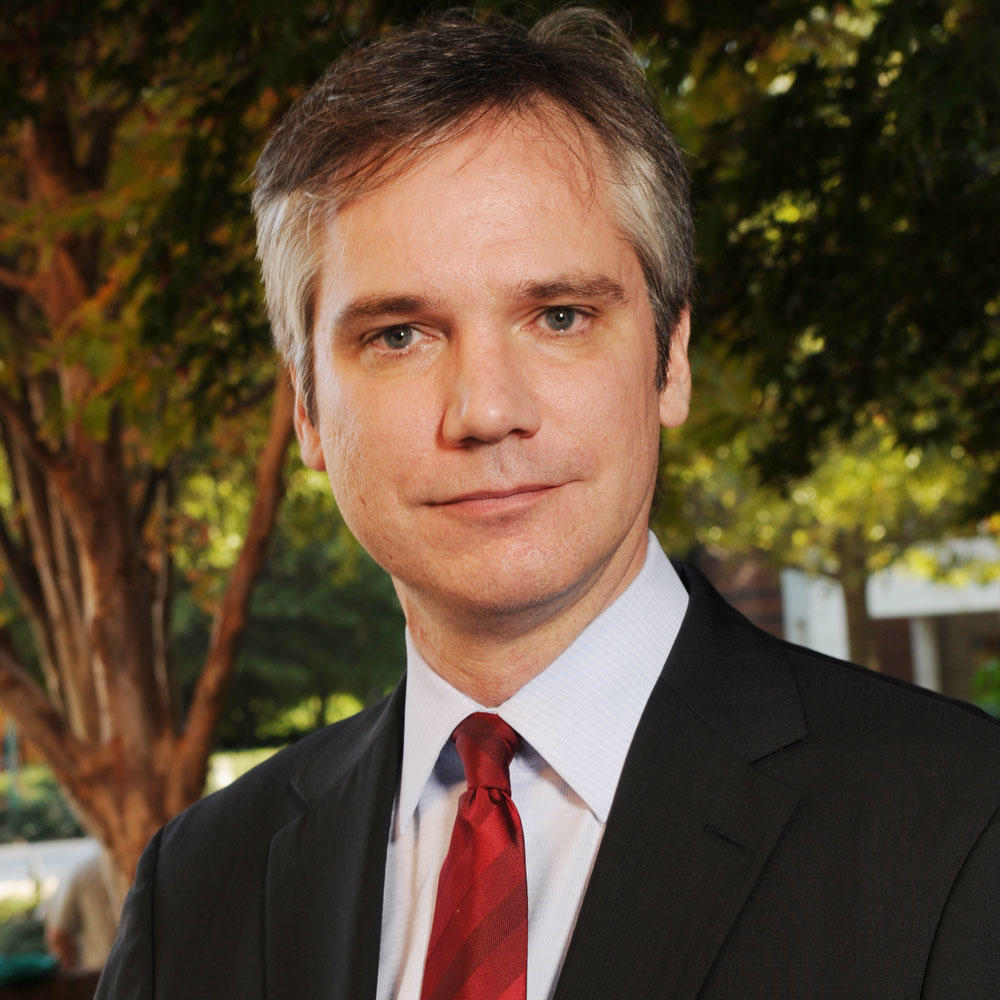
ON LOAN TO THE DOE
University Professor Andrew Light is currently on a leave of absence from Mason to serve as assistant secretary for international affairs of the U.S. Department of Energy. He joined the Biden Administration in January 2021. Light has worked at the intersection of U.S. and international climate and energy policy for many years, and in 2016 he was recognized by the U.S. State Department for his contributions to the U.S. efforts at the Paris Climate Accords.
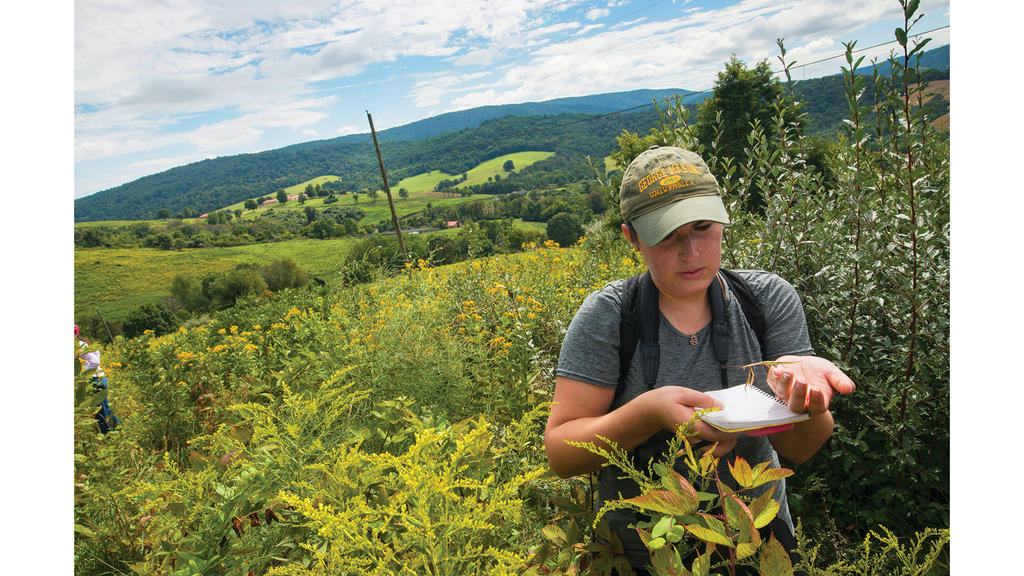
At the Smithsonian-Mason School of Conservation in Front Royal, Virginia, Mason offers a range of hands-on, interdisciplinary programs in conservation, enabling students to improve field skills; learn about wildlife ecology, endangered species, and other topics in conservation; and network with professionals.


'GODFATHER OF BIODIVERSITY'
University Professor Thomas Lovejoy, who died December 25, 2021, at age 80, was a lifelong champion for conservation. He was credited with coining the term “biodiversity” and was among the world’s foremost experts on the Amazon rainforest. In 1980, he produced the first projection of global extinctions for the Global 2000 Report to the President. Lovejoy also developed the “debt-for-nature” swap program, which reduces a developing country’s debts in exchange for a commitment to protect nature. In recognition of his work, he was elected to the National Academy of Sciences in April 2021.
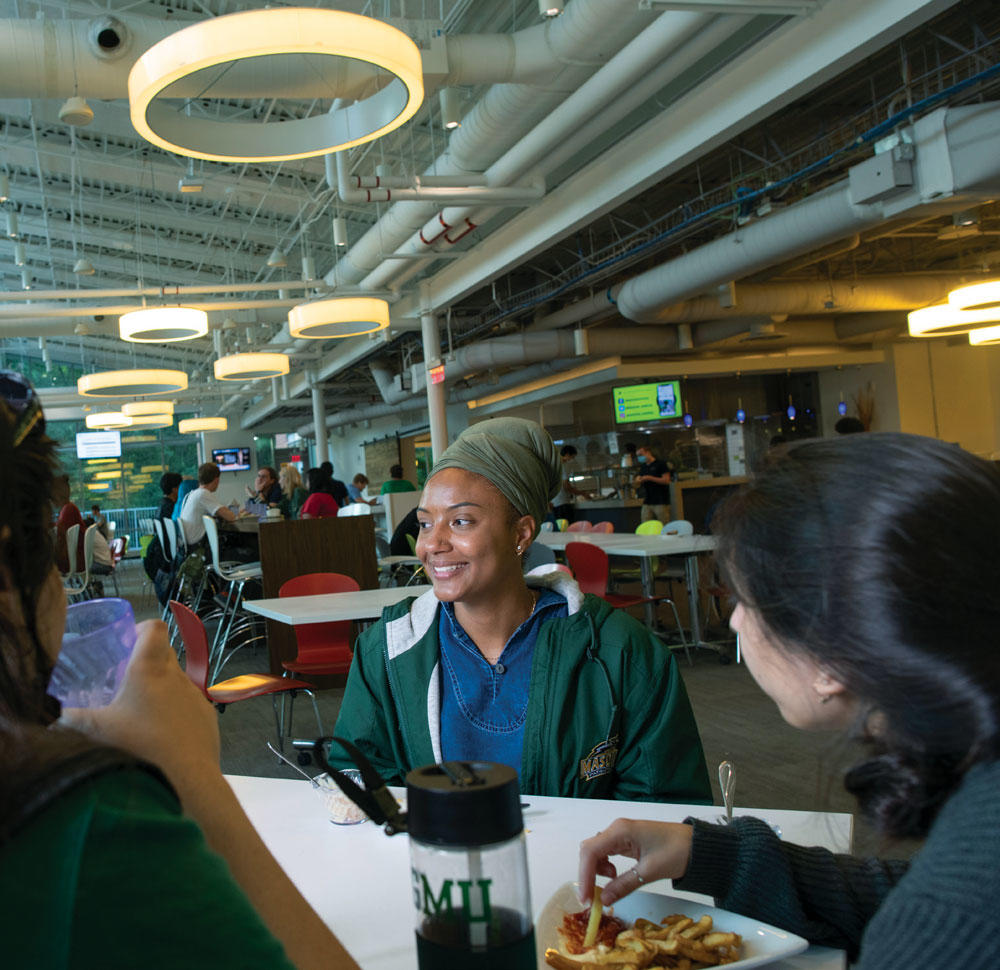
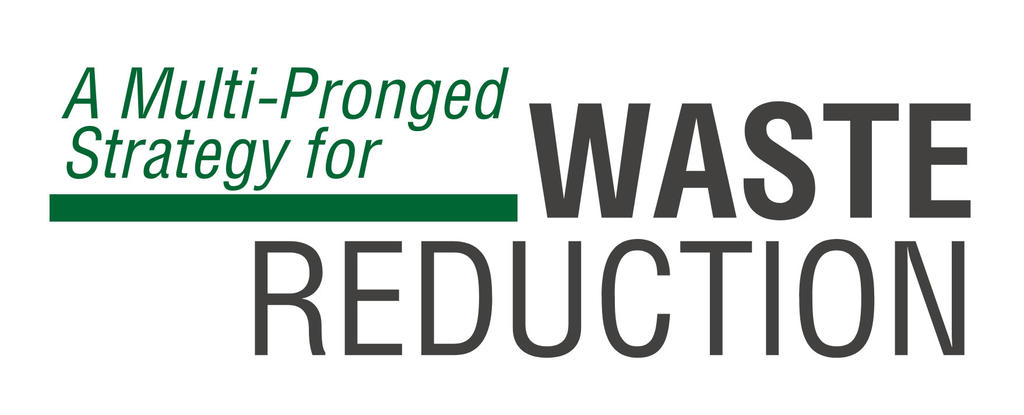
Mason students, the Sustainability Office, and Mason Facilities worked collaboratively to get the first smart, solar-powered Bigbelly station installed on the Fairfax Campus. The Bigbelly station consists of one trash and one recycling bin topped with solar panels and integrated with sensors and compactors. The compactors will allow the unit to hold up to eight times more waste than standard bins, replacing 10 to 12 trash and recycling bins. It is part of Mason’s response to former governor Ralph Northam’s Executive Order 77, which aims to reduce plastics pollution and solid waste. Mason has also has moved away from single-use plastics and polystyrene, switching to canned water and paper products at all campus dining facilities.
